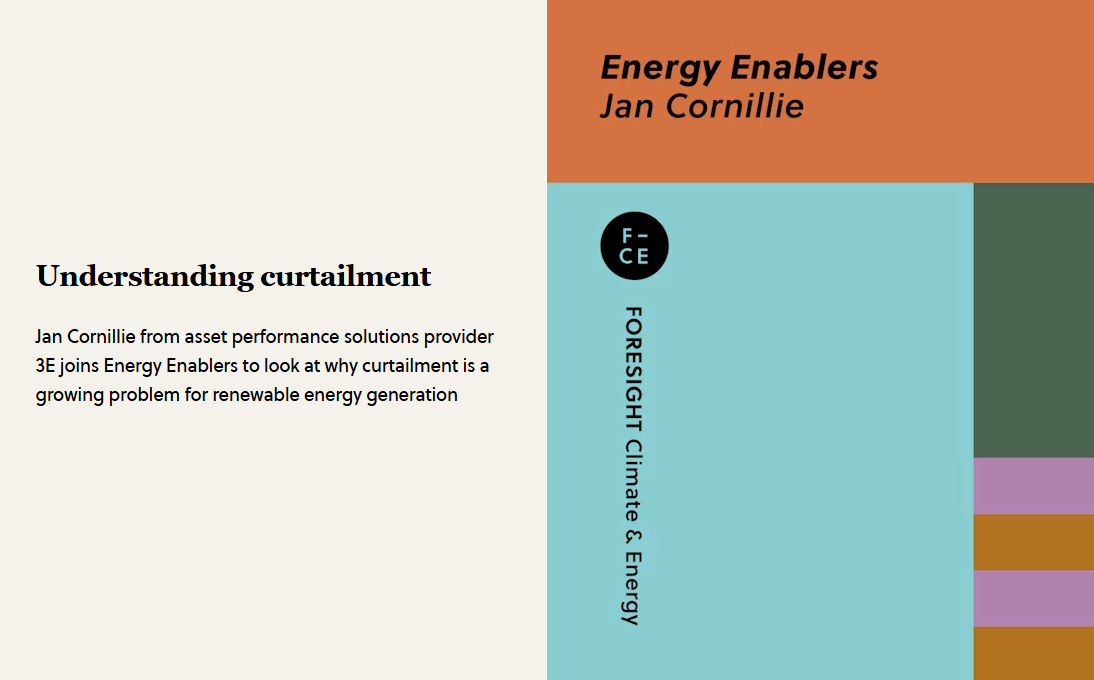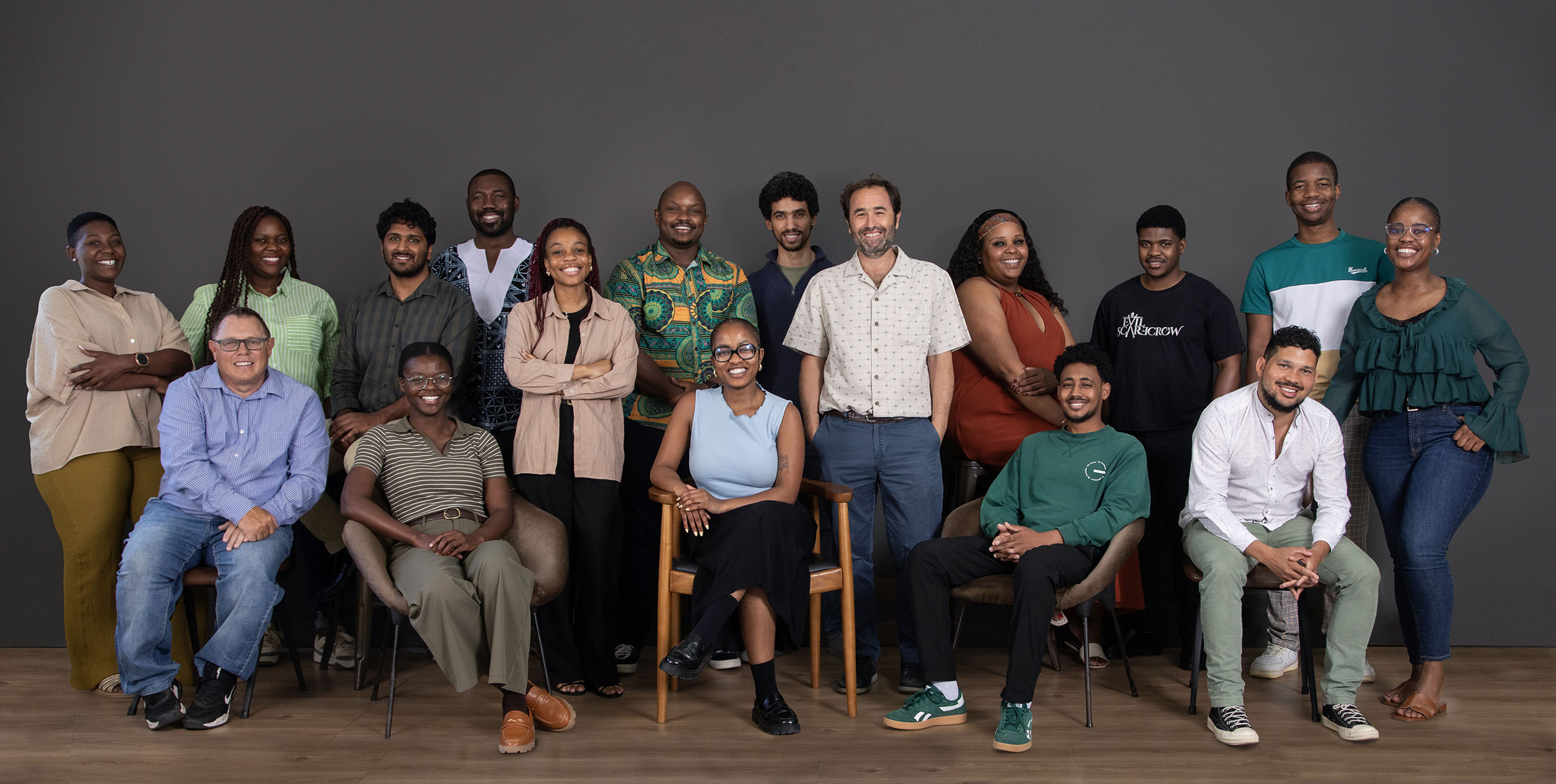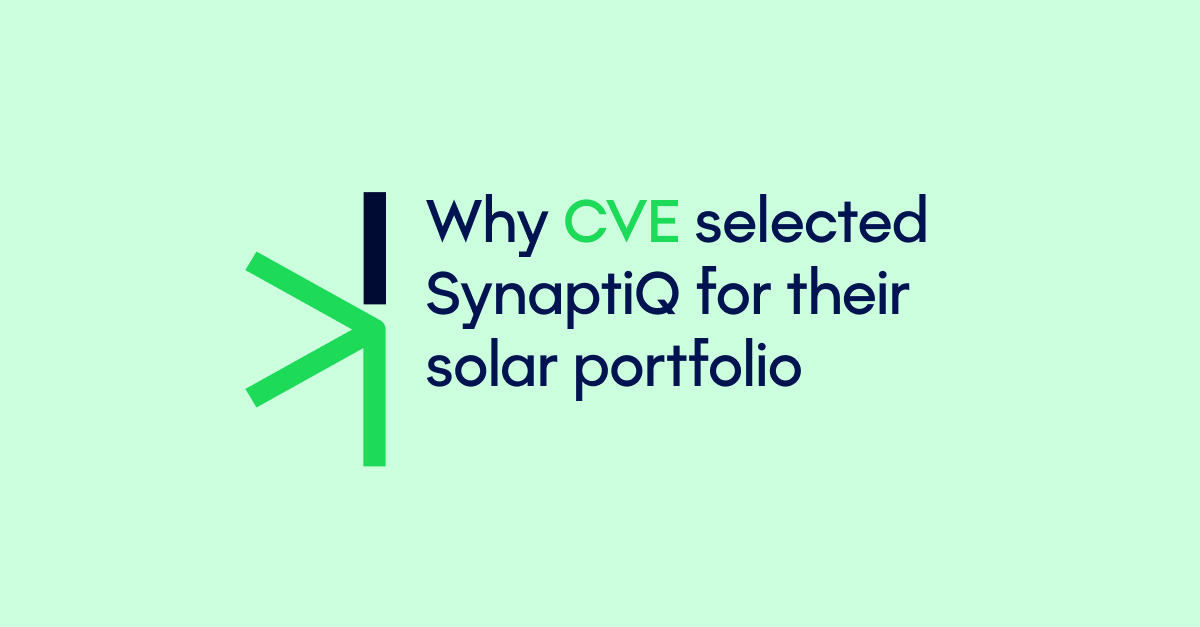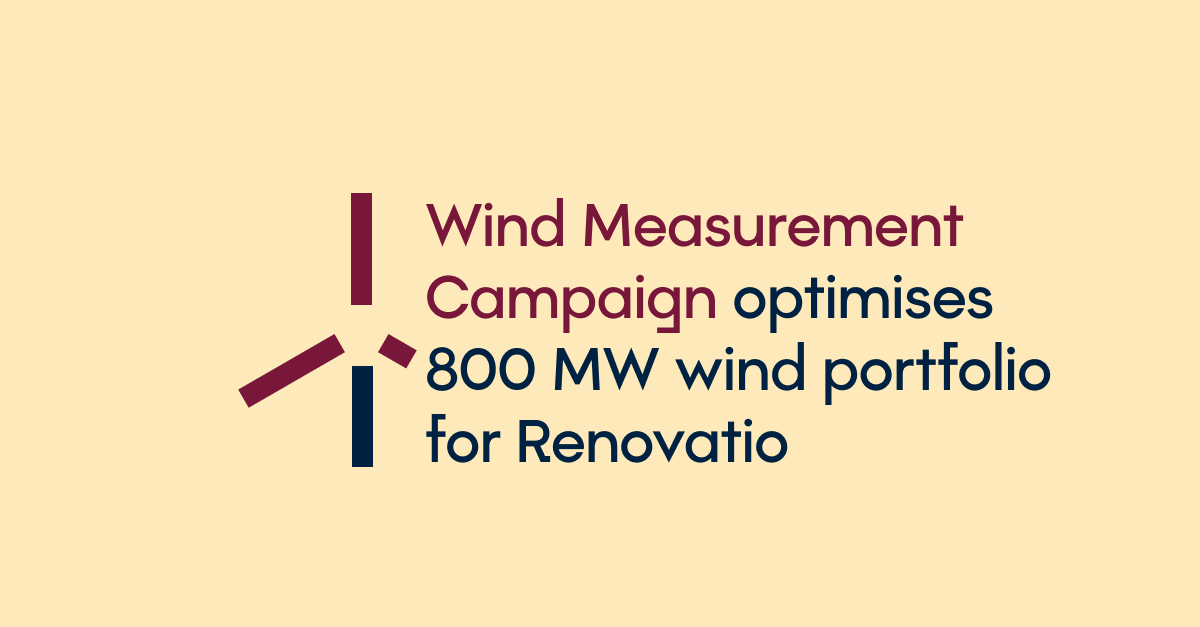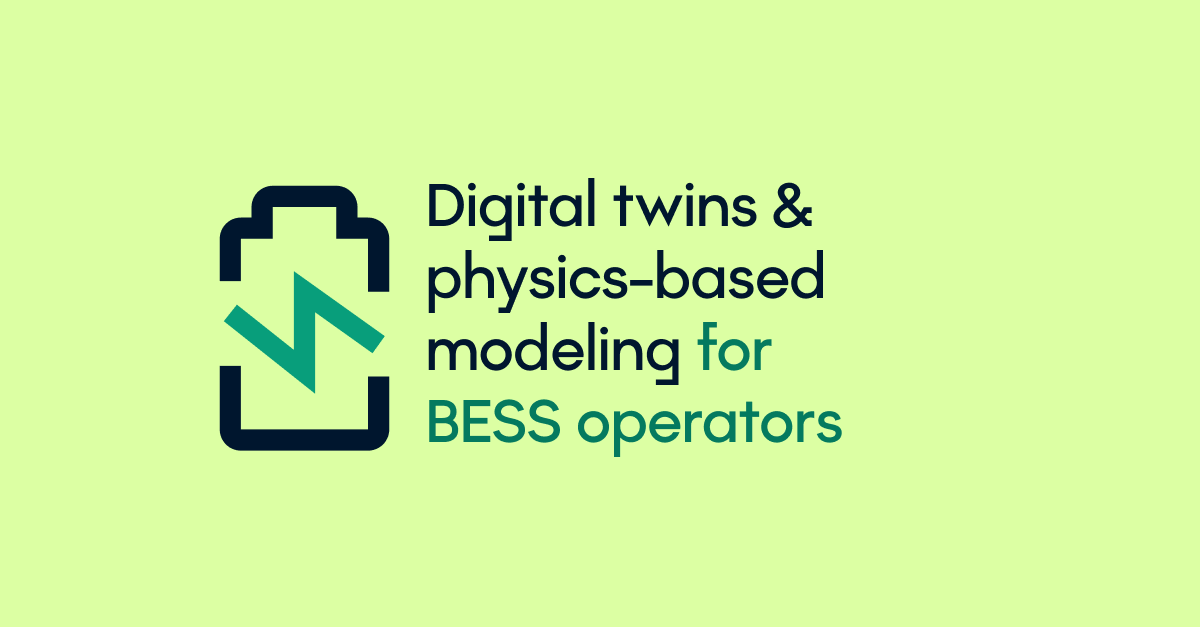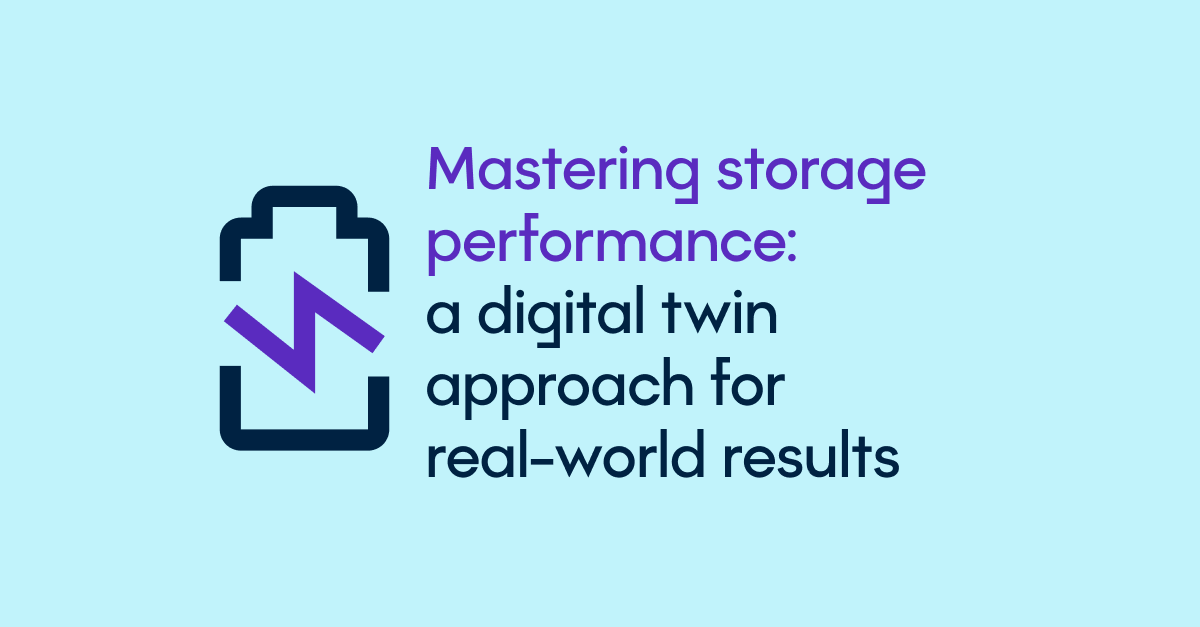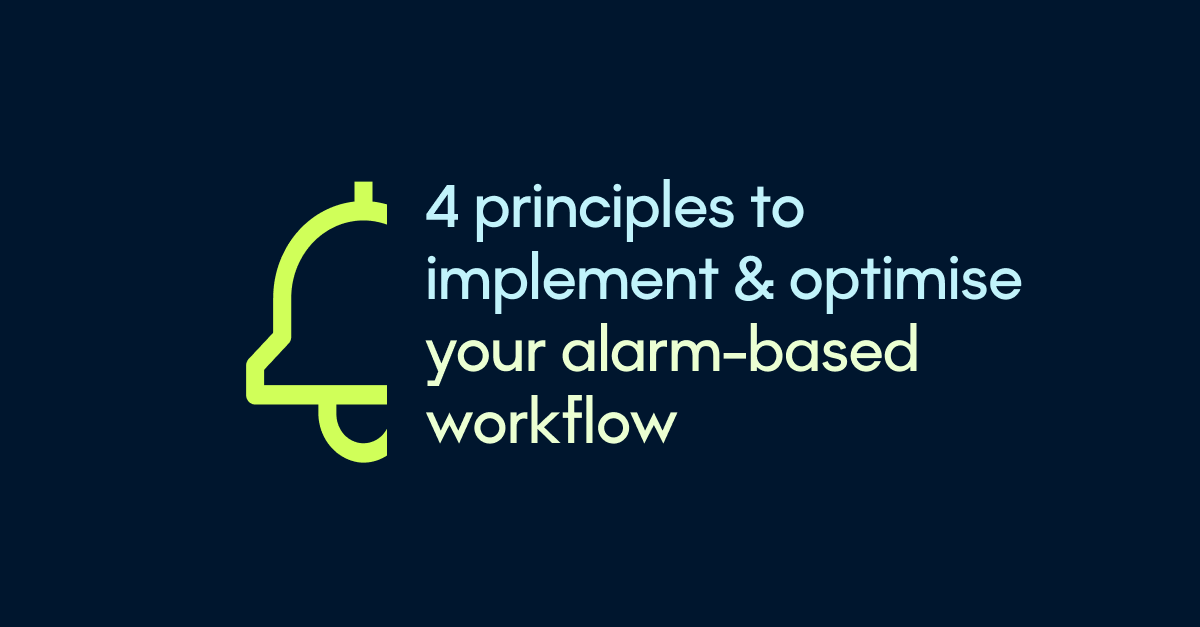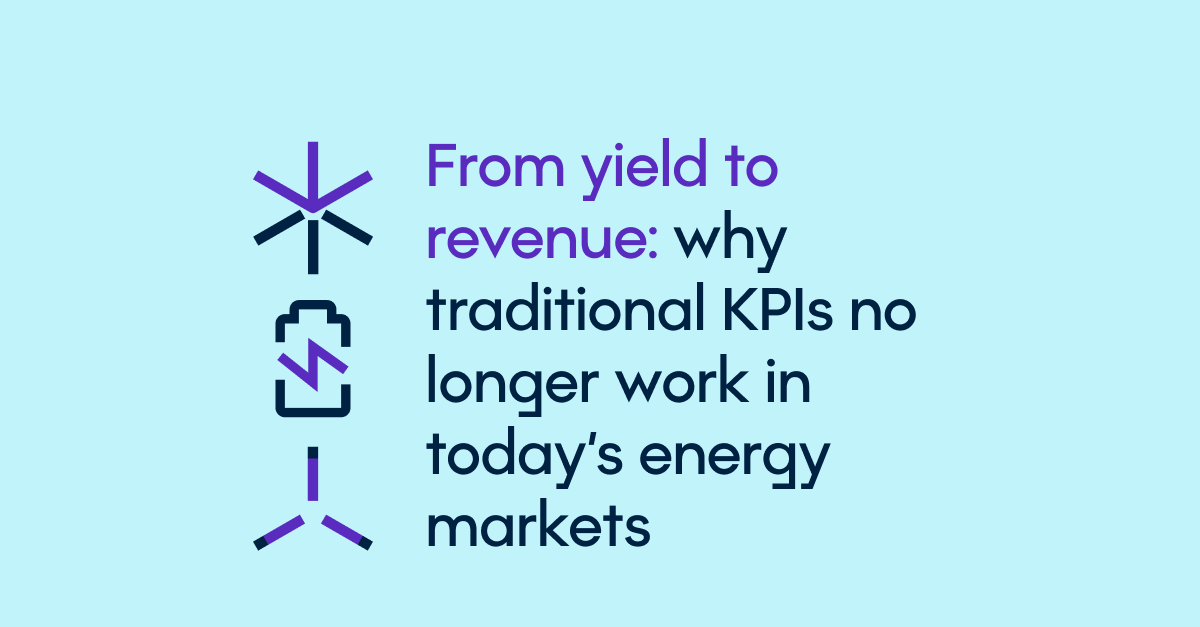In this blog, we summarise key insights from the latest episode of the Energy Enablers podcast, where Jan Cornillie, Advisory Services Director at 3E, joins host David Weston of FORESIGHT Climate & Energy. The episode explores why curtailment is becoming a structural issue in renewable energy systems, and how developers, investors and policymakers can respond with smarter system design, better market signals and integrated hybrid solutions.
The growing curtailment challenge in renewable energy
As solar and wind energy accelerate across the globe, a paradox is emerging: clean power is being wasted. Curtailment, the forced reduction of renewable output due to grid limitations or market rules, is no longer a rare glitch. It’s becoming a structural issue, especially in regions where renewable deployment outpaces grid upgrades and market reform.
At 3E, we see this challenge growing, not just in theory but in practice. Developers are increasingly siting projects where land and permits are available, not where the grid can accommodate them. And where the grid can accommodate, siting constraints are relatively higher.
The result? Power that can’t reach the consumer. This isn’t just inefficient; it undermines project economics, erodes investor confidence and slows climate progress.
But curtailment doesn’t have to be a dealbreaker. As Jan Cornillie, Advisory Services Director at 3E, shared, in a recent episode of the Energy Enablers podcast from FORESIGHT Climate & Energy, curtailment can be reframed, from a symptom of failure to a signal for innovation.
Hybrid energy systems: a targeted approach to managing curtailment
Rather than planning solar or wind plants in isolation, we must start viewing them as part of integrated energy systems. That means combining generation with battery energy storage, smart inverters and even flexible loads. Hybridisation enables plant operators to store excess generation, stabilise grid interactions and respond dynamically to curtailment signals.
At 3E, we help developers and investors plan and size these systems not just to react to curtailment, but to extract value from it. With accurate degradation modelling, dynamic yield forecasting and pre-feasibility tools for hybrid PV+BESS systems, we enable data-driven design, even in constrained markets.
A call for smarter regulation: why market design must catch up with clean energy growth
The technical fixes are within reach, but the regulatory framework often lags behind. Time-of-use tariffs, dynamic grid connection rules and clear price signals are essential to support flexible, distributed energy systems. Without these, curtailment remains a waste. With them, it becomes a lever for more resilient, local and decarbonised energy supply.
As the world races to triple renewable energy capacity, curtailment is becoming a systemic feature of the energy landscape. The critical question now is: how do we design systems that manage curtailment intelligently, sustainably and profitably?
This is exactly what Jan Cornillie explores in the latest episode of the Energy Enablers, a podcast from FORESIGHT Climate & Energy hosted by David Weston. The series brings cross-sector perspectives on the energy transition through thoughtful audio storytelling.
In this episode, Jan Cornillie argues that curtailment should not be seen as waste, but as a design challenge, one that calls for smart infrastructure, flexible markets and forward-thinking policy.
Listen to the full episode: Foresight Podcast – Energy Enablers
